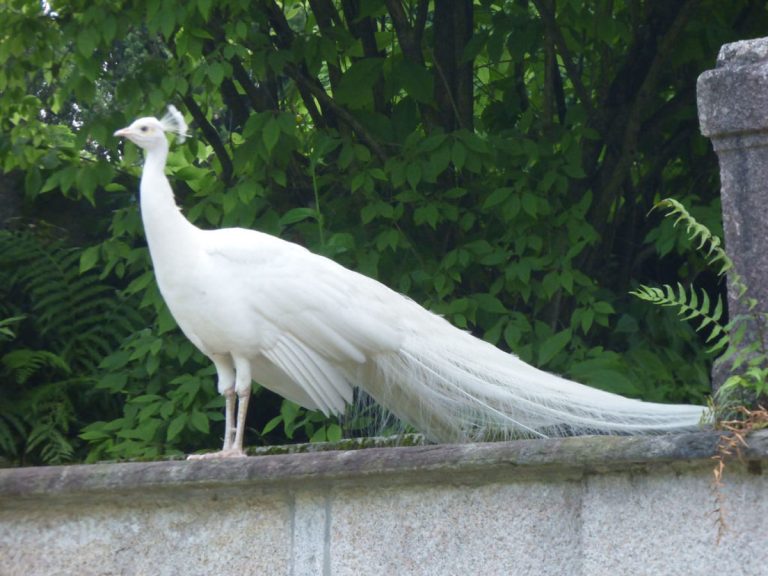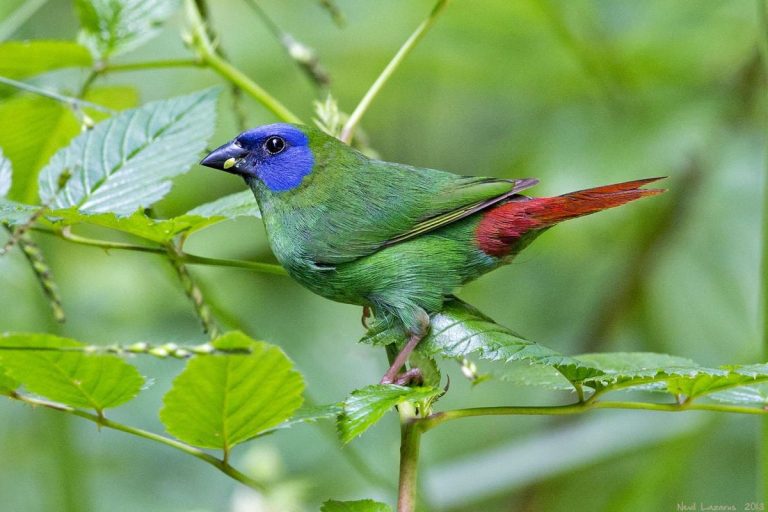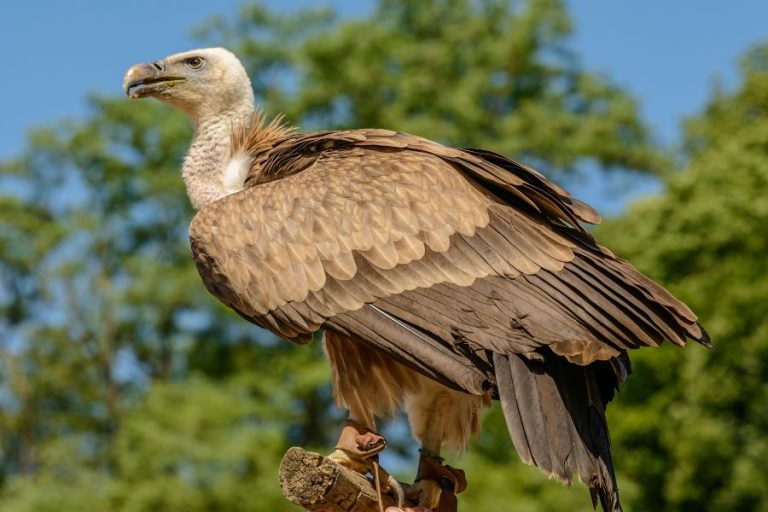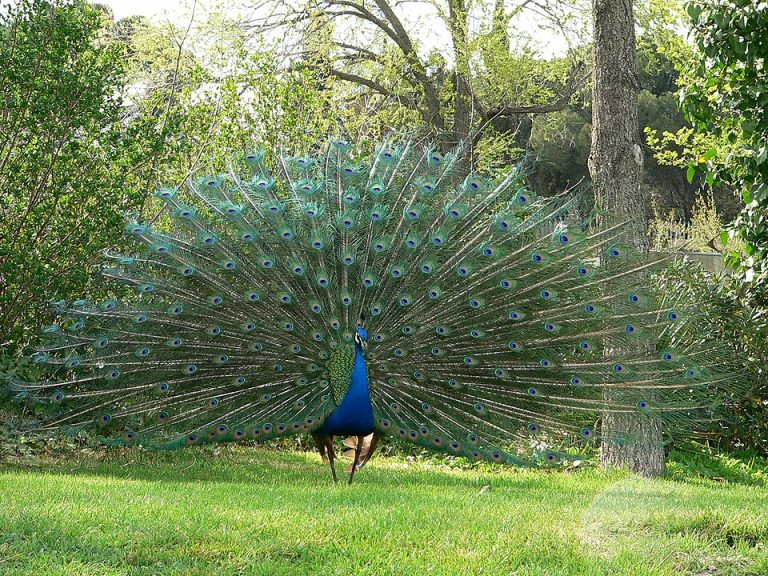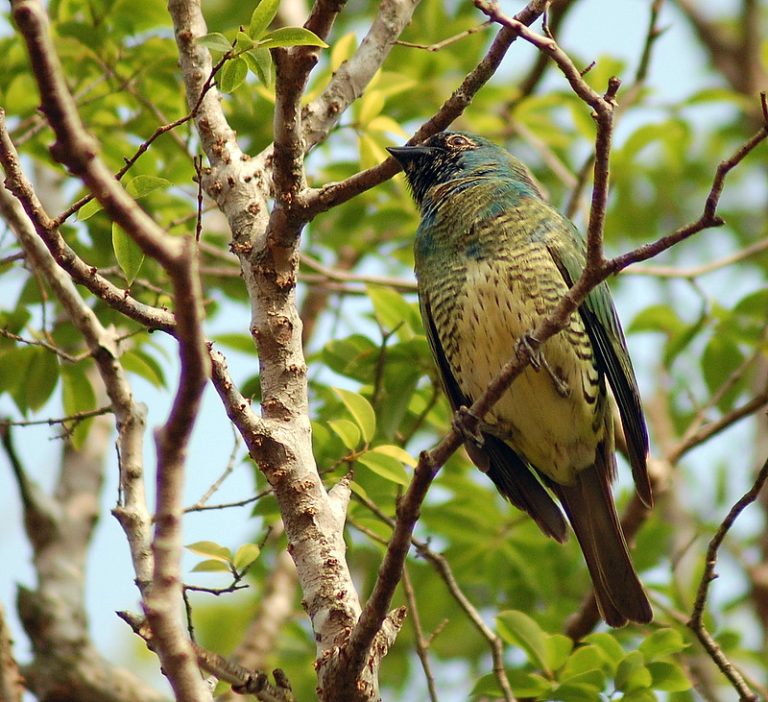Flying Birds in the World Ranked by Wingspan: The Complete Guide to Nature’s Largest Aerial Giants
Birds come in many different sizes, from tiny hummingbirds to massive flying giants. The largest flying birds in the world can have wingspans that stretch over 11 feet from tip to tip. These impressive creatures use their huge wings to soar across oceans and continents.
When scientists rank birds by size, they look at three main ways to measure them: wingspan, weight, and height. Wingspan is often the most useful way to compare flying birds because it shows how much space they need to stay in the air. The biggest flying birds include albatrosses, condors, pelicans, and storks that have developed special body features to help them fly despite their large size.
1) Wandering Albatross
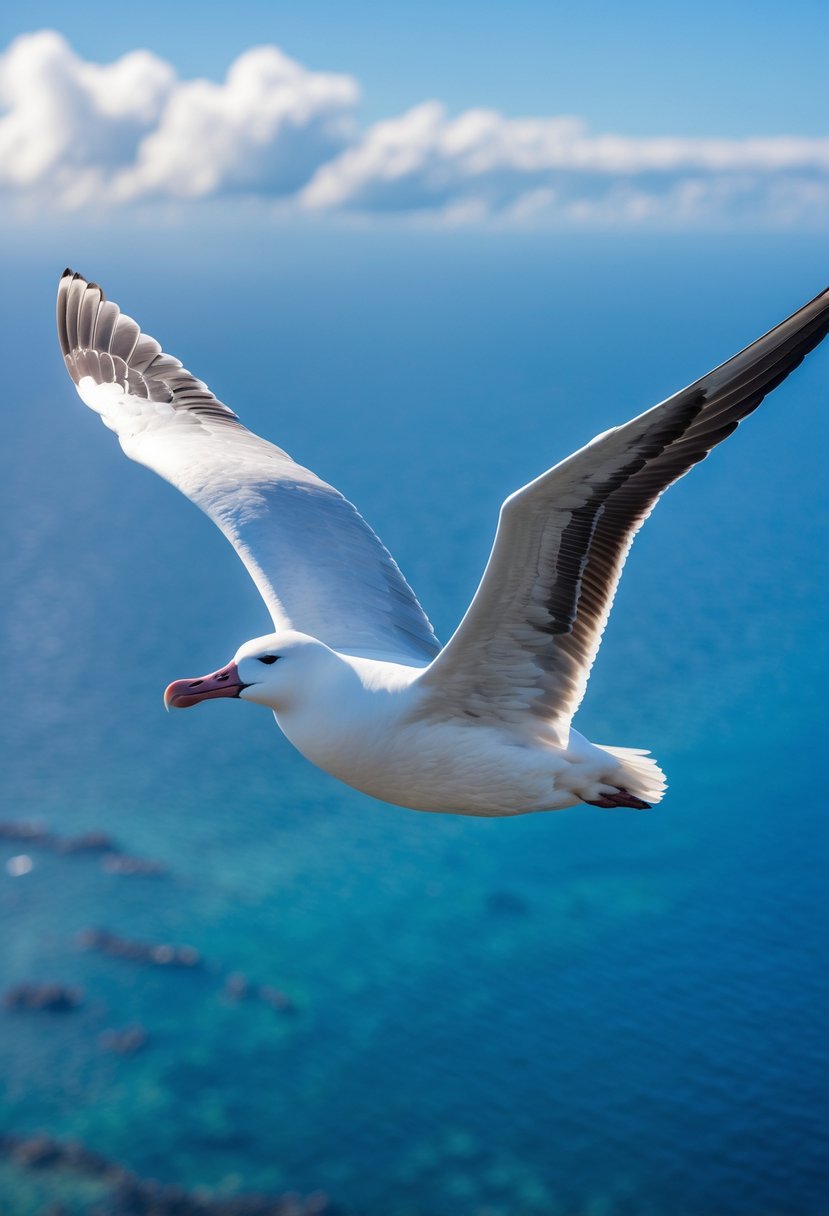
The wandering albatross holds the record as the largest flying bird by wingspan. Its wings can stretch over 12 feet from tip to tip.
Some unverified reports claim wingspans reaching 17 feet. The official record stands at 12.1 feet.
These birds weigh between 15 to 24 pounds. Their long, narrow wings help them glide over oceans with little effort.
Wandering albatrosses spend most of their lives at sea. They use wind currents to travel thousands of miles without flapping their wings much.
2) Southern Royal Albatross
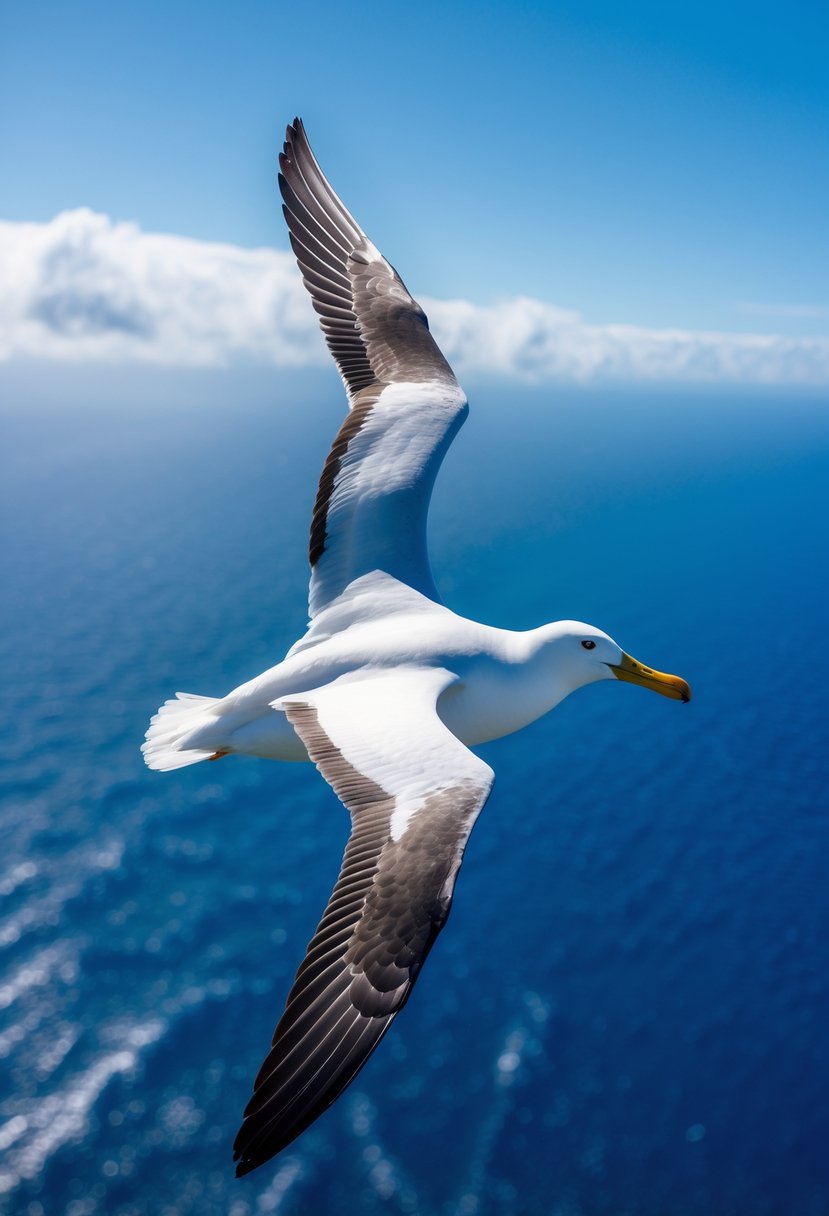
The Southern Royal Albatross ranks among the largest flying birds in the world. Its wingspan reaches up to 3.5 meters or about 12 feet across.
This seabird has white feathers with black upper wings. It lives mainly in the Southern Ocean and South American waters.
The Southern Royal Albatross is one of two largest albatross species. The other is the Wandering Albatross, which has a similar size.
3) Andean Condor
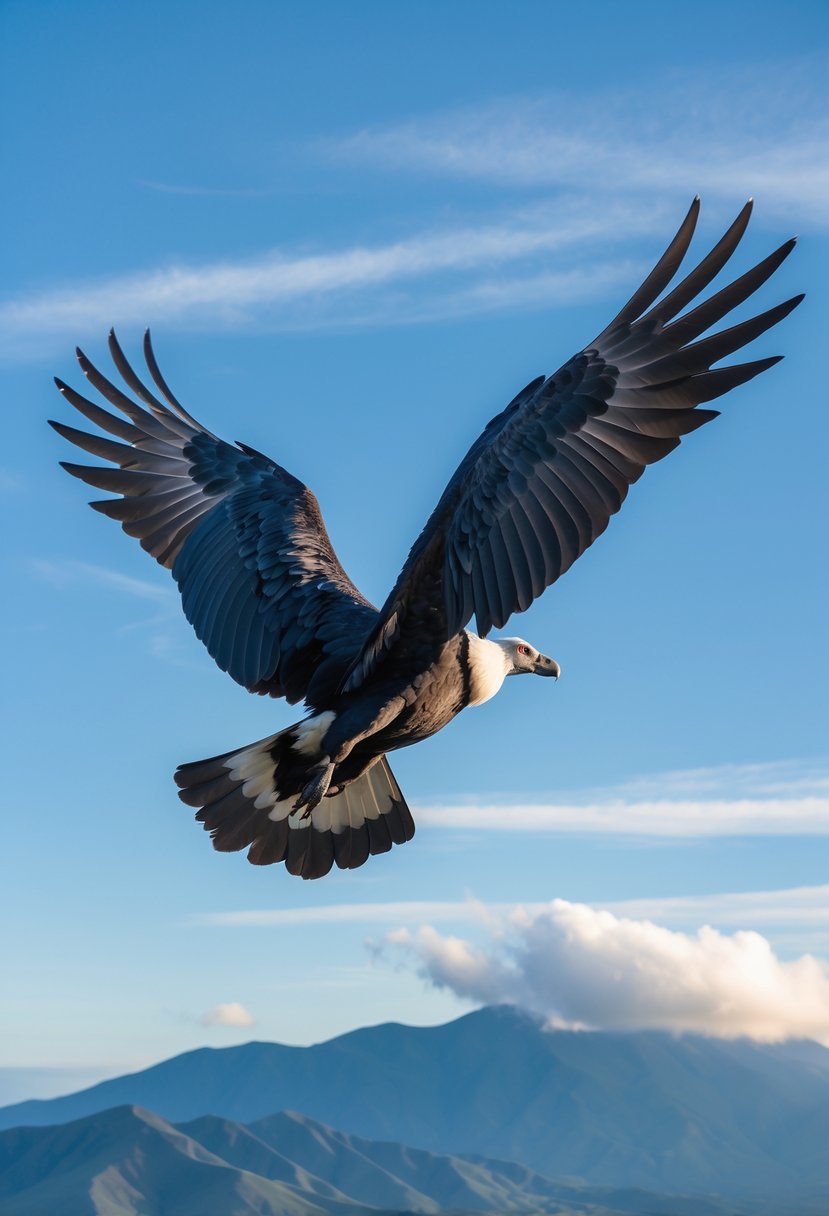
The Andean condor ranks as one of the largest flying birds in the world. This massive bird has a wingspan that reaches up to 10 feet 10 inches.
The condor weighs up to 33 pounds. It lives in the Andes mountains and Pacific coasts of South America.
This bird comes in fourth place for wingspan among all flying birds globally. Albatrosses beat the condor with slightly larger wingspans of up to 12 feet.
4) Great White Pelican
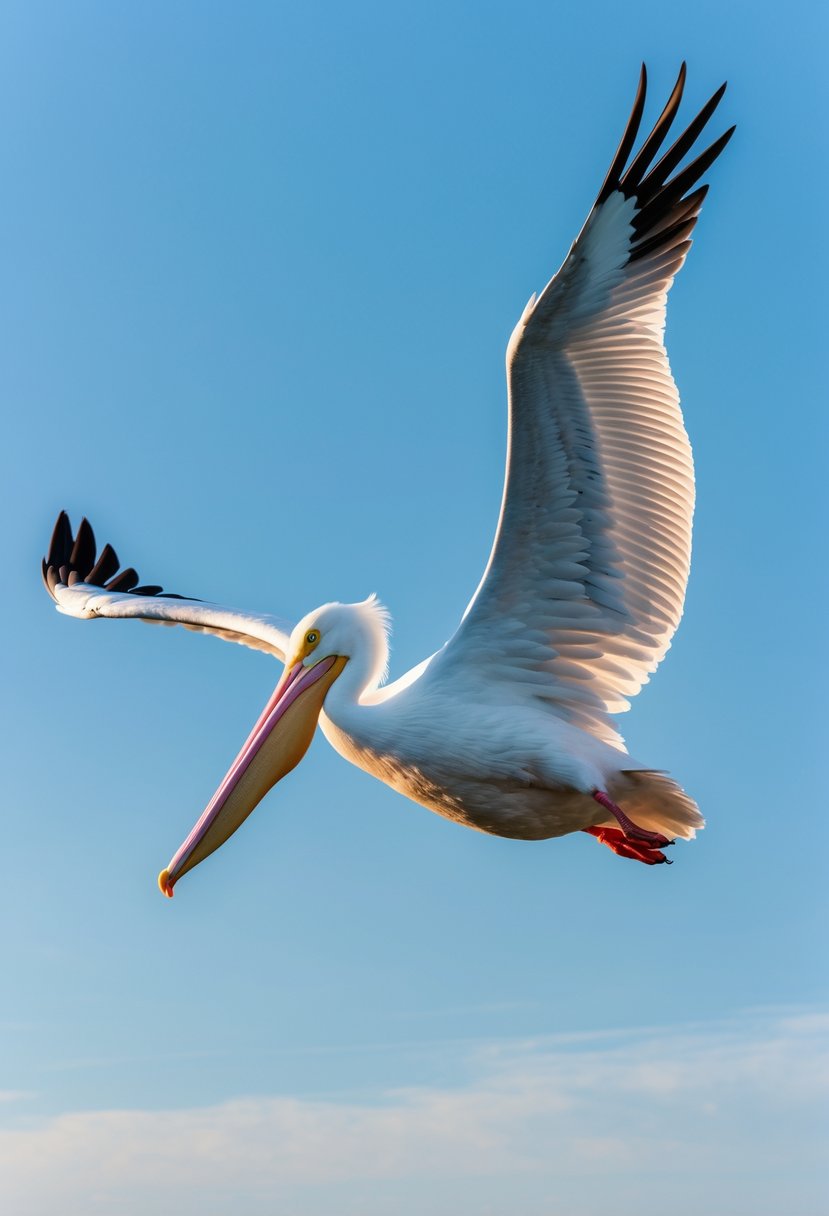
The great white pelican ranks as one of the largest flying birds by wingspan. This massive waterbird can reach wingspans of up to 12 feet.
These pelicans use their broad wings to glide over lakes and rivers. They hunt for fish and other water animals below.
The great white pelican can grow up to 5.7 feet long. Males can weigh as much as 33 pounds, making them very heavy fliers.
5) Dalmatian Pelican

The Dalmatian pelican ranks among the largest flying birds by wingspan. Its wings stretch between 8 to 11.5 feet across.
This pelican is the biggest member of the pelican family. It weighs between 24 to 33 pounds on average.
Dalmatian pelicans have white feathers with a curly crest on their heads. They live in wetlands across Europe and Asia.
These birds use their large wings to glide gracefully over lakes and swamps. They often fly together in groups.
6) California Condor
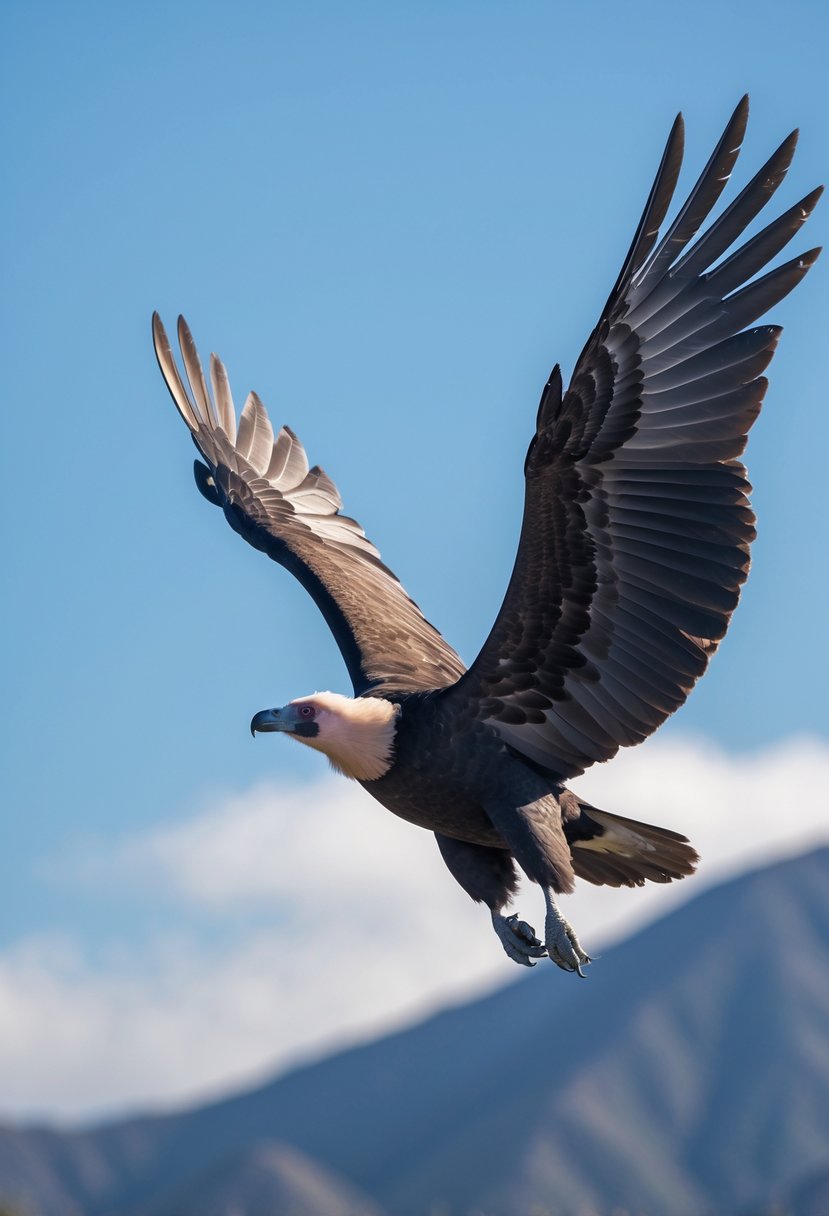
The California condor has a wingspan of 9.5 to 10 feet. This makes it the largest land bird in North America.
These giant birds weigh up to 25 pounds. They live in California and parts of the southwestern United States.
California condors use their huge wings to soar for long periods. They glide over mountains and valleys looking for food.
The species almost went extinct but has recovered through conservation efforts. Today, they remain critically endangered with small populations in the wild.
7) Marabou Stork
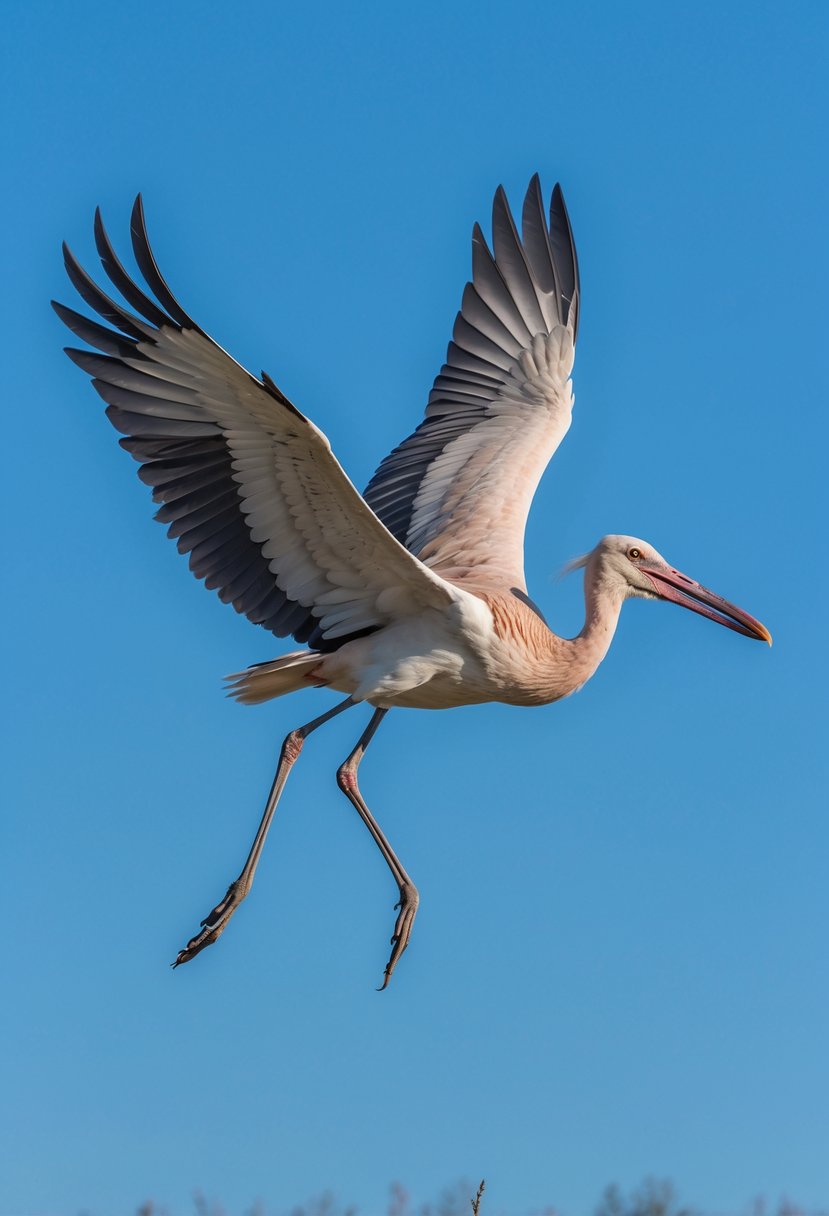
The marabou stork has a wingspan that reaches up to 10.5 feet. This makes it one of the largest flying birds in the world.
These birds live in sub-Saharan Africa. They can be found near swamps, lakes, and rivers.
Marabou storks can weigh up to 20 pounds. They stand over five feet tall.
The birds spend most of their time on the ground looking for food. They can fly but prefer to walk and search for meals on land.
8) Kori Bustard

The kori bustard ranks among the world’s largest flying birds by wingspan. Males reach wingspans of 7.5 to 9 feet across.
This African bird weighs between 24 to 42 pounds. Males are much larger than females, who weigh about half as much.
Kori bustards live in grasslands and savannas across eastern and southern Africa. They spend most of their time on the ground and only fly when necessary.
These birds prefer short, low-altitude flights rather than long-distance soaring like other large species.
9) Great Bustard

The Great Bustard ranks as one of the heaviest flying birds in the world. Males can weigh between 22 to 35 pounds on average.
Their wingspan reaches 7 to 8 feet across. This makes them impressive but not the largest by wingspan alone.
Great Bustards live in Europe and Central Asia. They prefer open grasslands and farmland areas.
These birds can fly despite their heavy weight. However, they spend most of their time walking on the ground looking for food.
10) Peer reviewed data for Himalayan Griffon

Research published in Bird Conservation International documented rapid population declines in Upper Mustang, Nepal. Scientists studied breeding populations from 2010 to 2020 at nesting sites in Baitatdi district.
The species is classified as globally near threatened according to peer-reviewed assessments. Studies show the Himalayan Griffon nests in cliff faces throughout mid-hill regions.
Population crashes of related Gyps vulture species have raised scientific concerns about this species’ conservation status.
Understanding Bird Wingspans
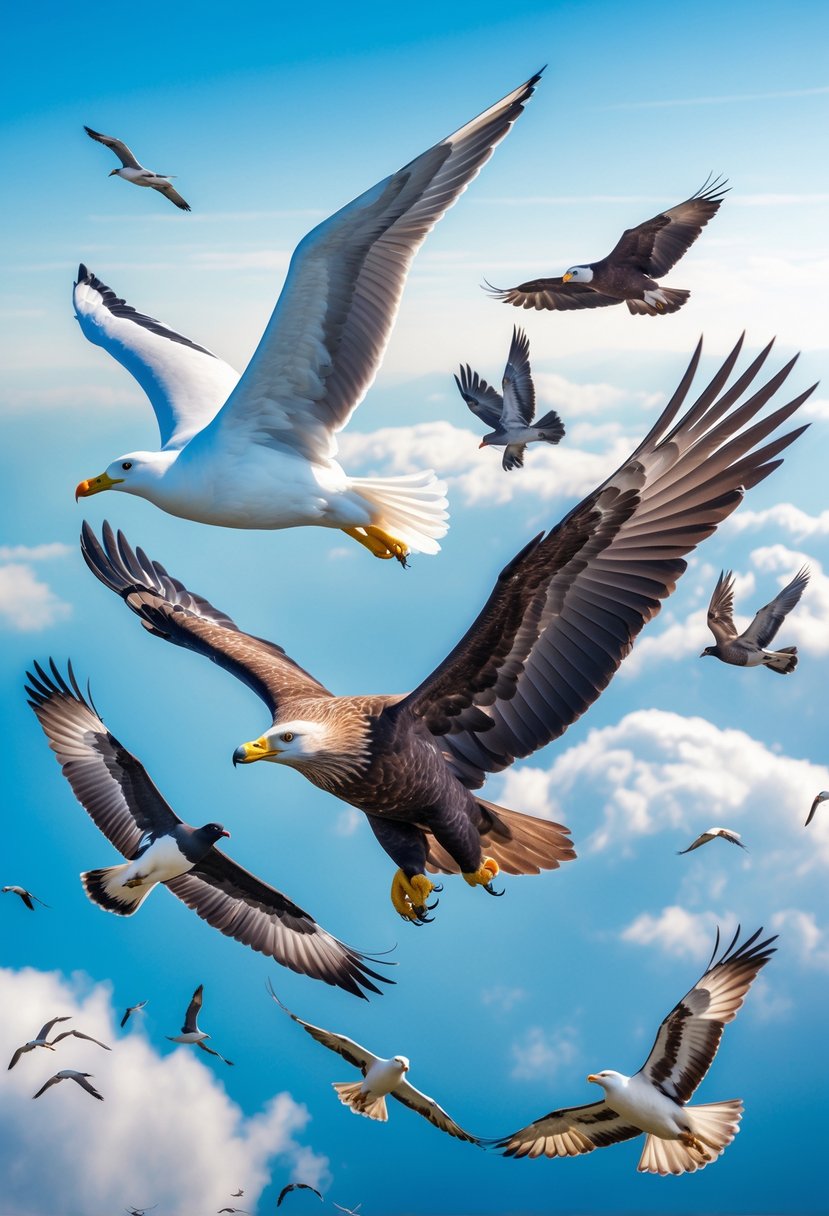
Bird wingspan measurements follow specific methods to ensure accuracy across species comparisons. Several biological and environmental factors determine how large a bird’s wings can grow.
How Wingspans Are Measured
Scientists measure wingspan by stretching a bird’s wings fully outward and measuring from one wingtip to the other. This creates a straight line across the bird’s body.
The measurement happens when the bird is dead or sedated. This ensures the wings stay completely extended without movement.
Standard measurement tools include:
- Metal measuring tapes
- Wooden rulers
- Digital calipers for smaller birds
Live measurements can happen in the field. Researchers use special techniques to hold the wings steady while taking measurements.
Weather conditions affect wing measurements. Cold temperatures can make wings contract slightly. Warm conditions may cause small expansions.
Records require multiple measurements from different researchers. This helps confirm accuracy and reduces human error.
Factors Influencing Wingspan Size
Body weight directly affects wingspan size. Heavier birds need longer wings to create enough lift for flight.
Key factors that determine wingspan:
- Habitat type – Ocean birds have longer wings than forest birds
- Flight style – Soaring birds develop longer wings than quick-flying birds
- Food sources – Birds that travel far for food grow larger wings
Males and females often show different wing sizes. Males typically have slightly longer wings in most species.
Age impacts wing development. Young birds start with shorter wings that grow to full size over several months.
Climate affects wing evolution over time. Birds in windier areas tend to develop longer, stronger wings across generations.
Adaptations and Flight Patterns

Birds with larger wingspans use specific flight techniques that help them travel long distances with less energy. Wing size directly affects how efficiently birds can fly and how far they can migrate.
Wingspan and Migration
Large-winged birds like albatrosses and vultures excel at soaring flight. They use air currents to stay aloft without constantly flapping their wings.
Bar-headed geese fly over the Himalayas at 29,500 feet during migration. Their blood has special adaptations that help them get enough oxygen at high altitudes.
Vultures can reach heights of 37,000 feet. Their wide wings let them ride thermal currents that rise from warm ground.
Migration altitude changes based on wind patterns and geographic obstacles. Birds often fly higher to avoid mountains and predators on the ground.
Soaring birds spend most of their flight time gliding. This saves energy for long journeys across oceans or continents.
Different wing shapes create different flight styles:
- Long, narrow wings: Best for gliding and soaring
- Short, broad wings: Better for quick turns and takeoffs
- Pointed wings: Good for fast, direct flight
Impact of Wingspan on Flight Efficiency
Wing muscle strength must match body size for efficient flight. Larger birds need stronger muscles to move their massive wings.
Power-to-weight ratio determines flight ability. Birds have hollow bones that reduce weight while keeping strength.
Feathers add lift without much weight. They also provide insulation and waterproofing during long flights.
Wing loading affects how birds fly. This measures body weight compared to wing area.
Birds with low wing loading can:
- Take off more easily
- Fly slower without stalling
- Maneuver better in tight spaces
High wing loading means:
- Faster flight speeds
- More energy needed for takeoff
- Better performance in strong winds
Flight efficiency depends on matching wing design to lifestyle. Ocean birds have long wings for gliding. Forest birds have shorter wings for quick movements between trees.

